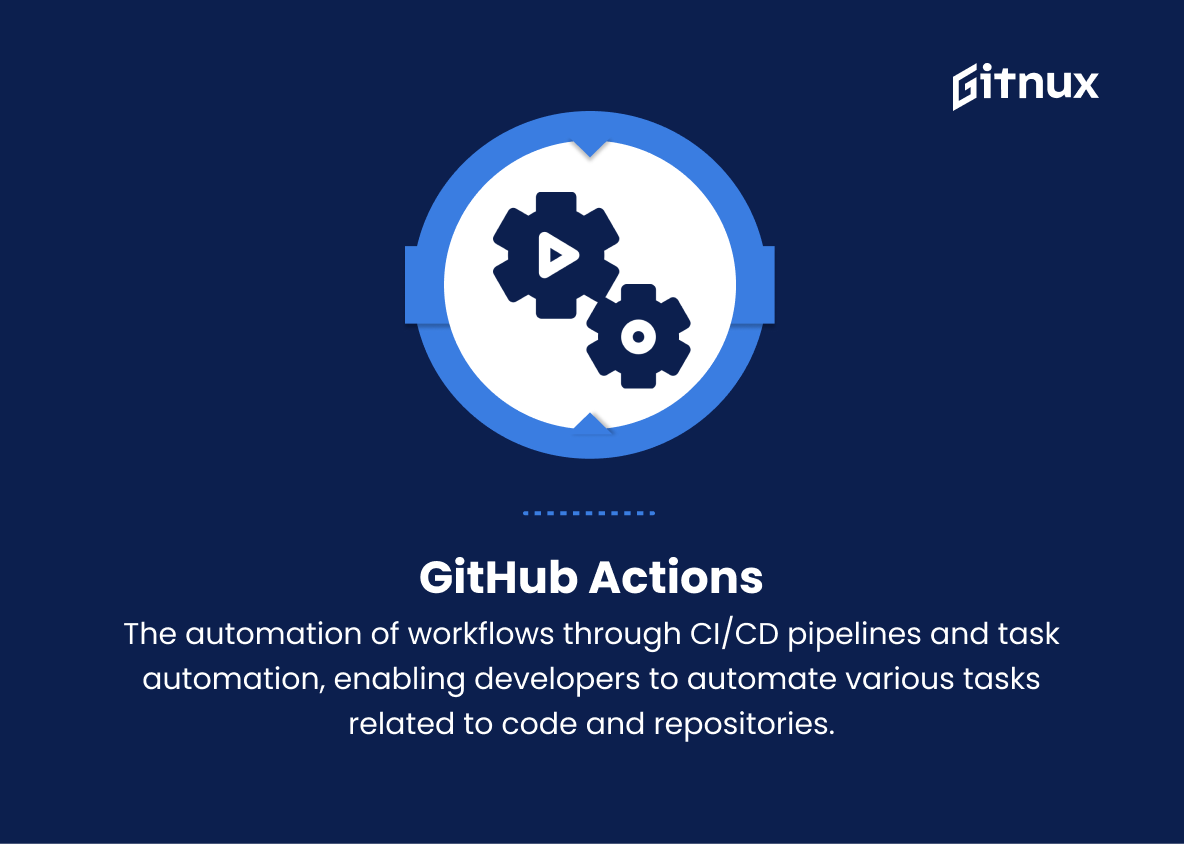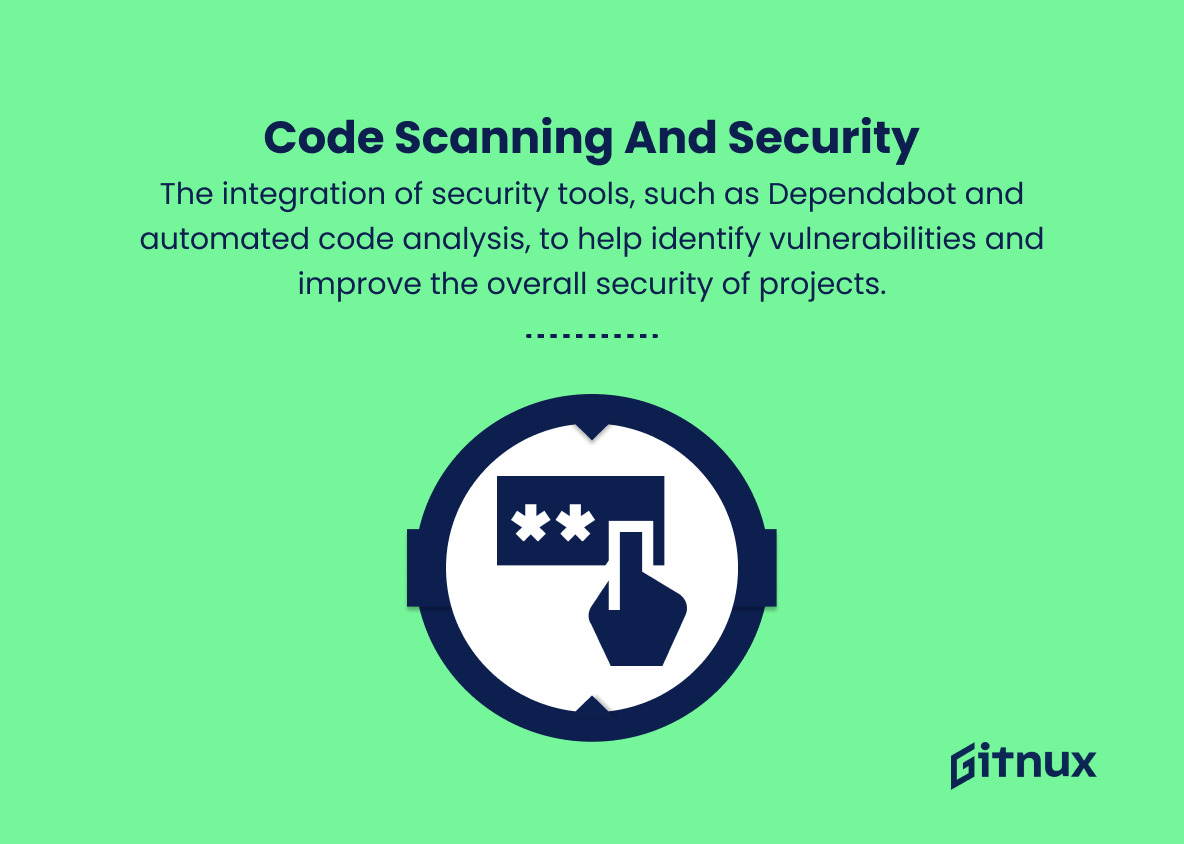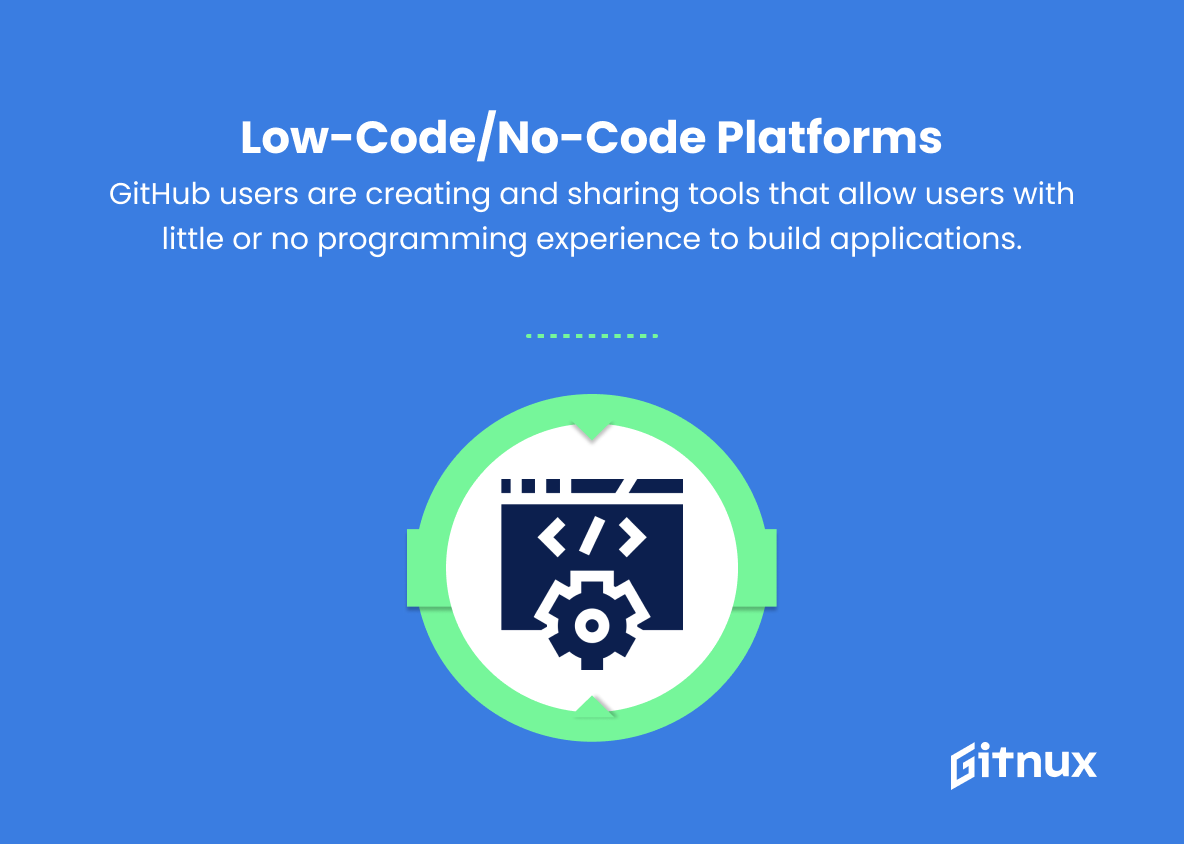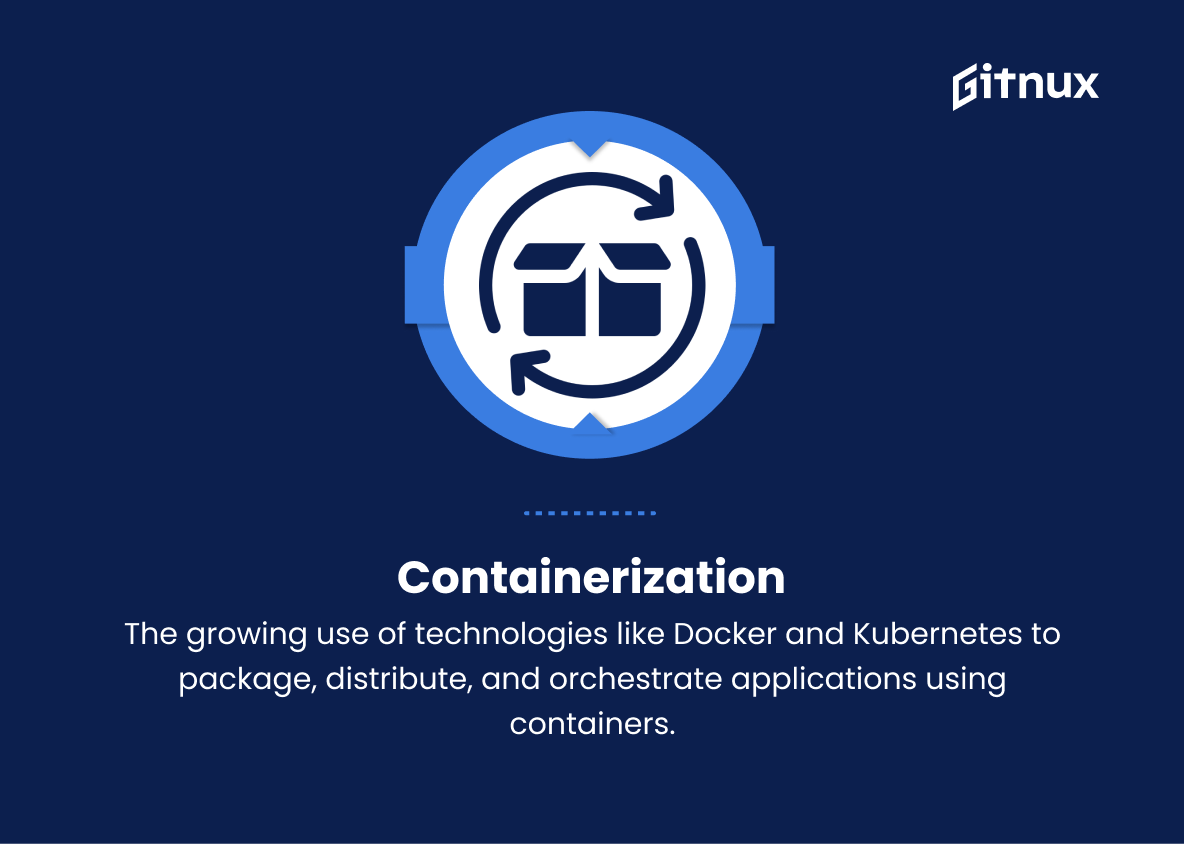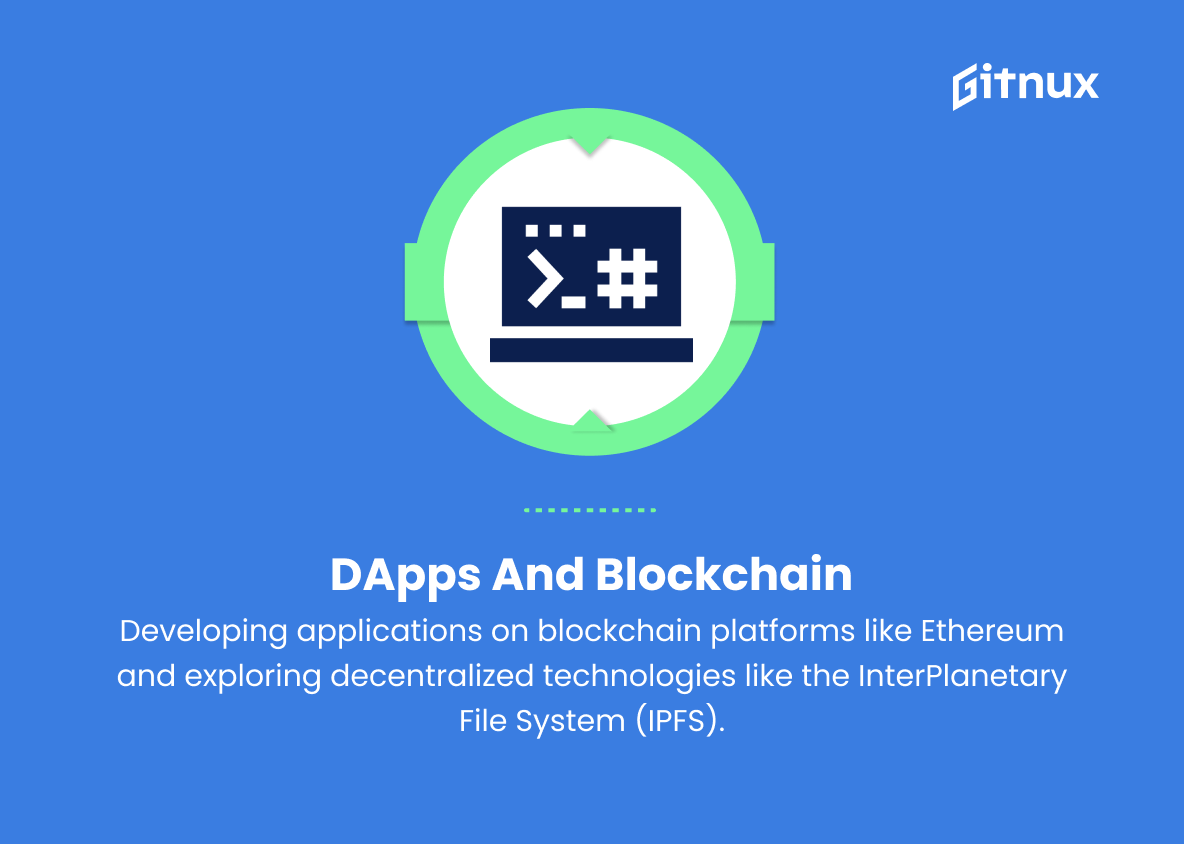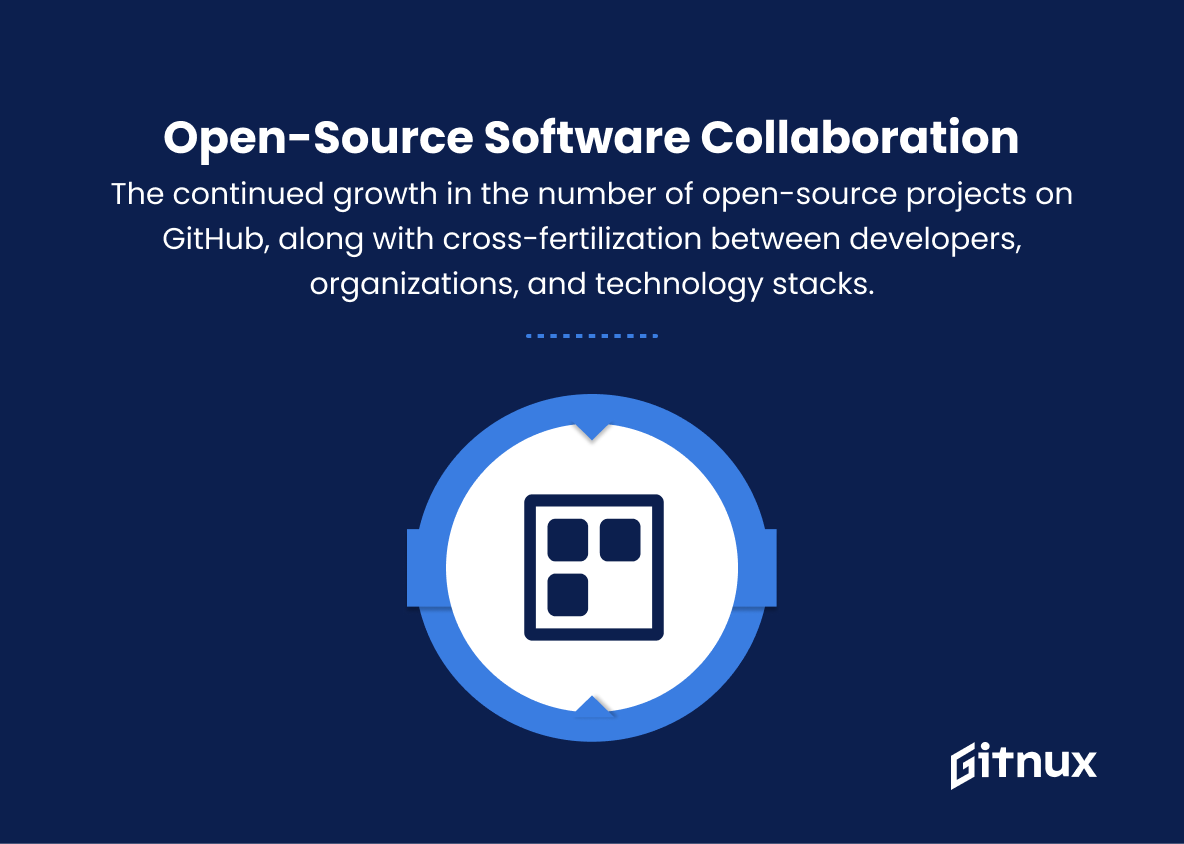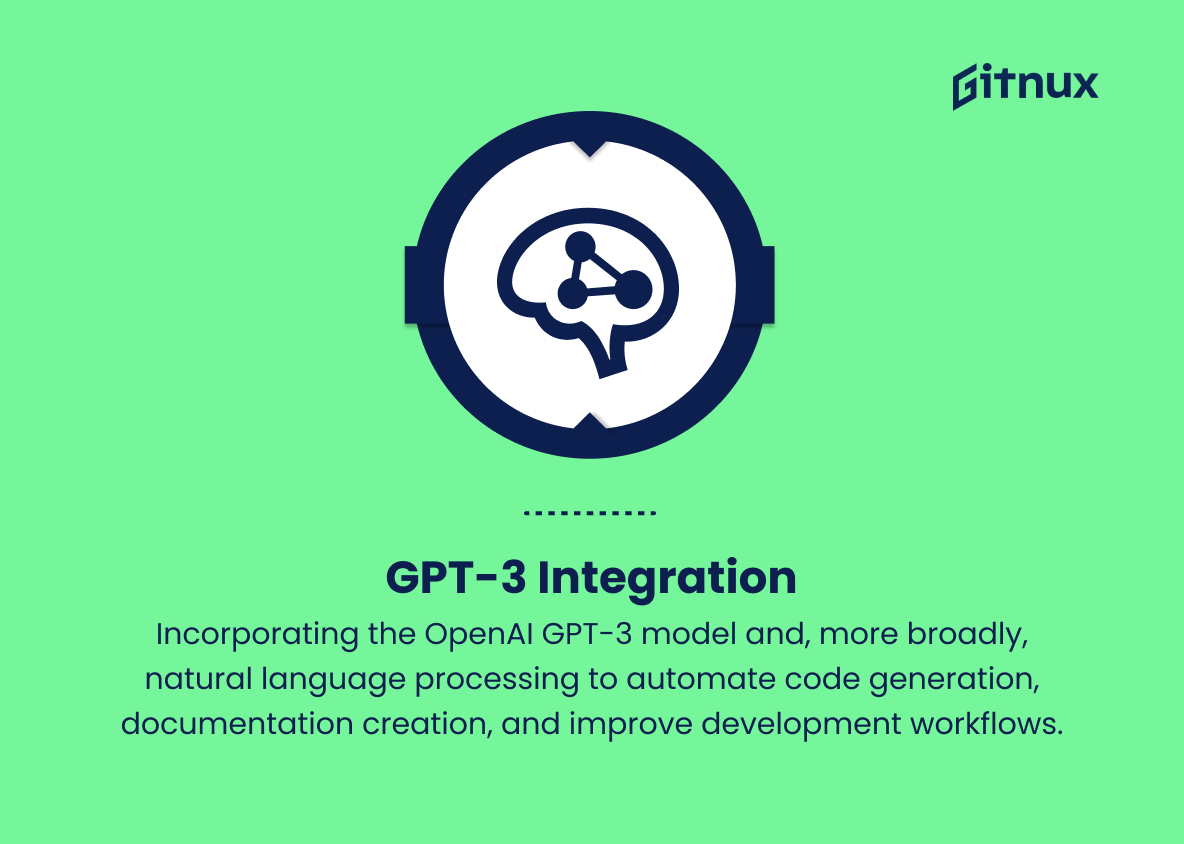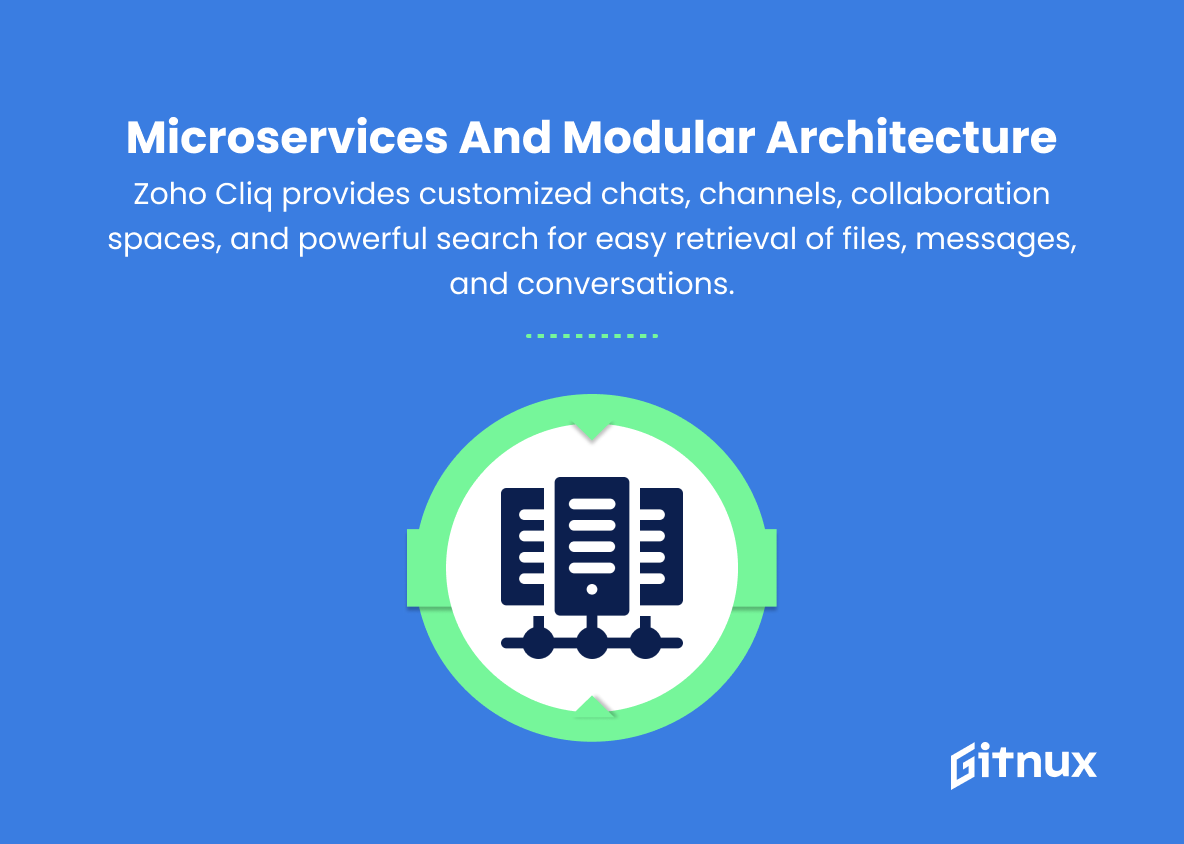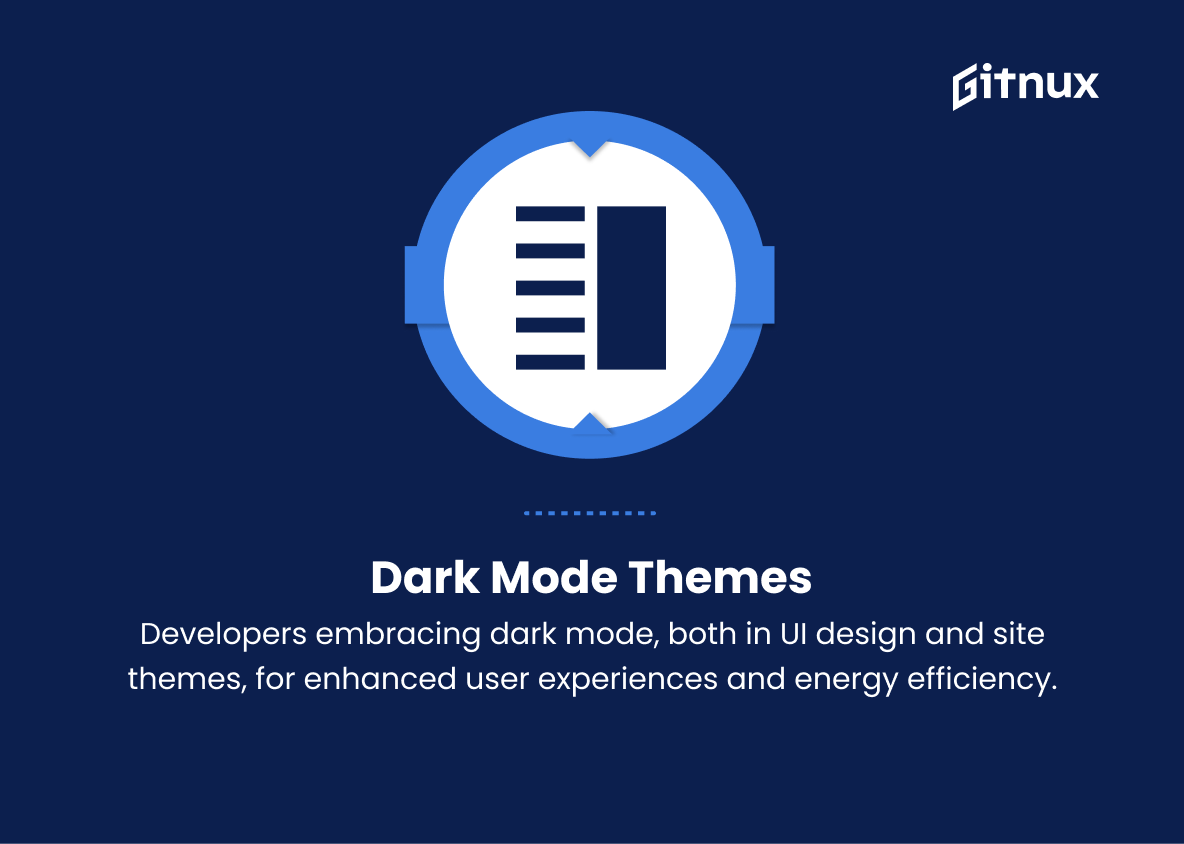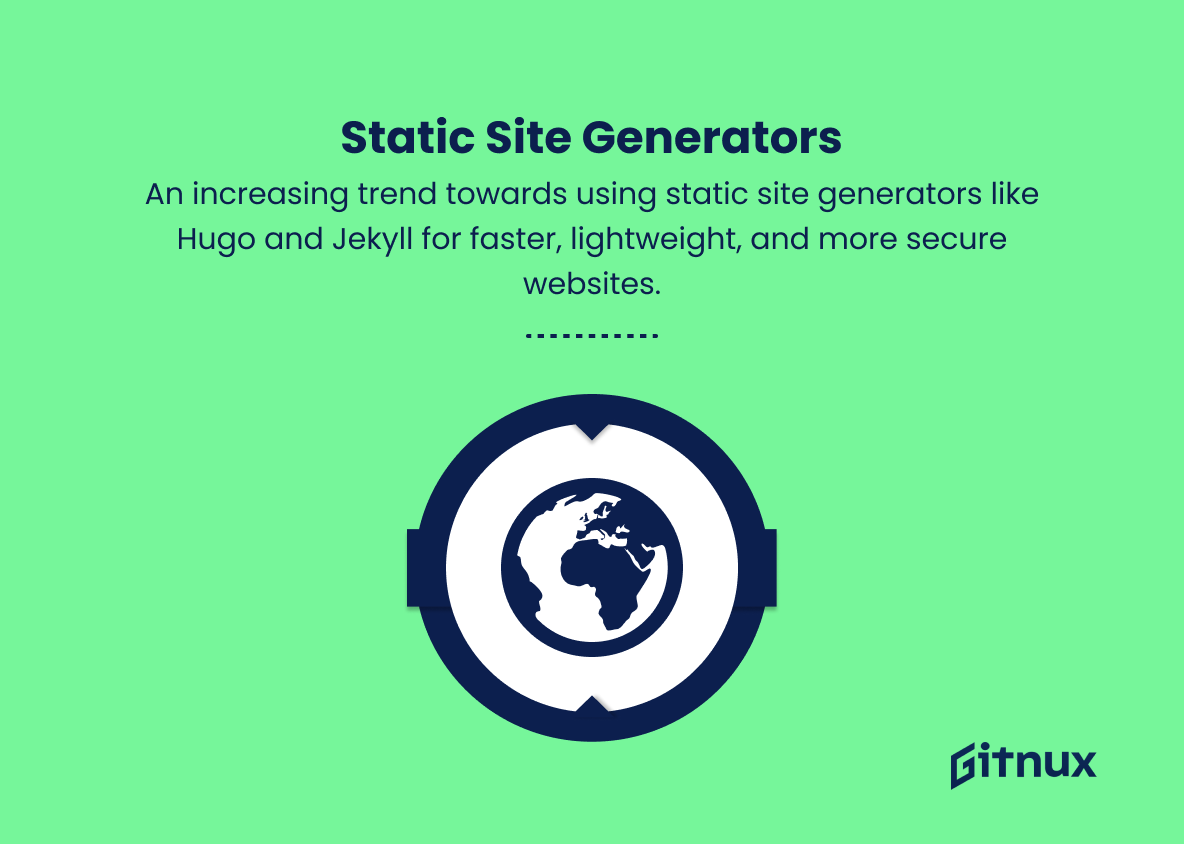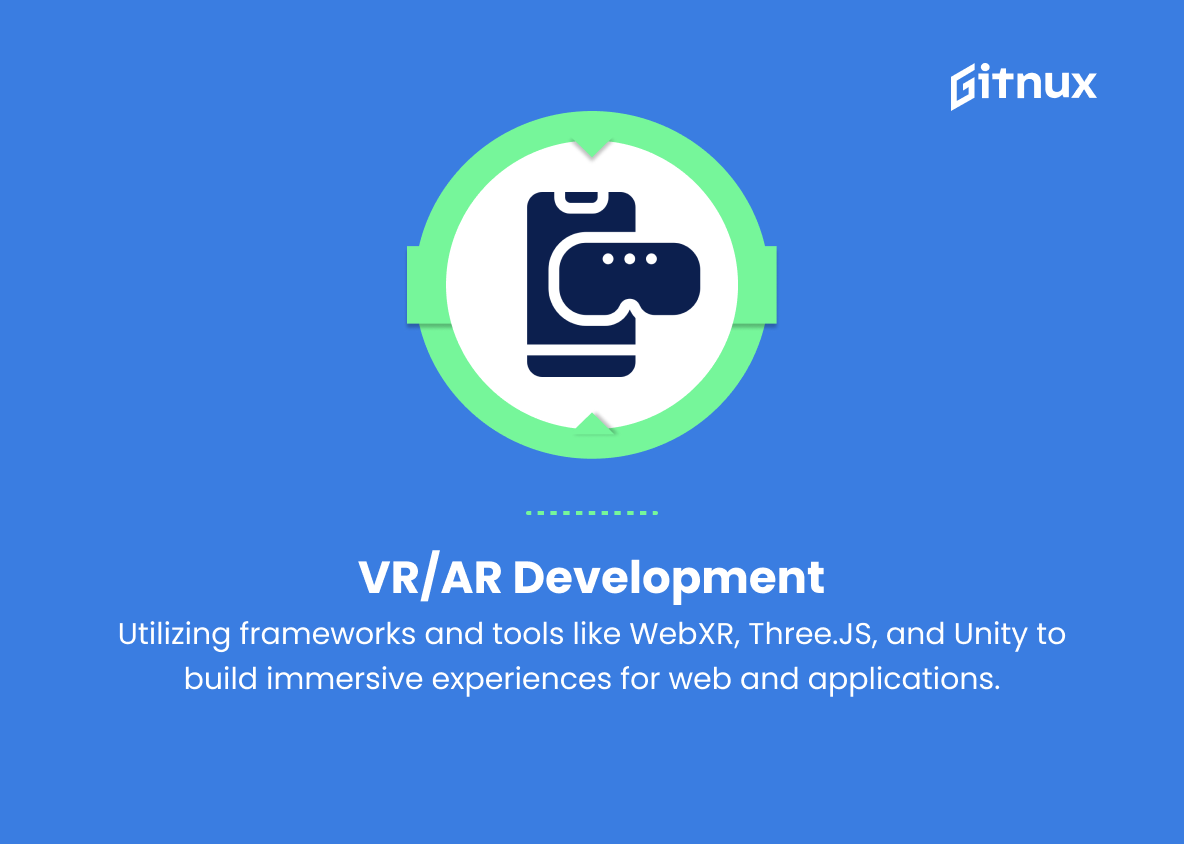As technology continues to evolve at an unprecedented pace, it is paramount for developers and technology enthusiasts to stay abreast of the latest trends in the world of programming, tools, and open source projects. GitHub, being the most extensive repository for code and a hub for collaboration, plays an integral role in shaping and reflecting the shifts unfolding within the tech landscape.
In this thought-provoking blog post, we dive deep into the latest GitHub Trends, dissecting the factors driving their popularity and investigating their potential impact on the future of software development. Join us as we embark on this insightful journey through the ever-changing terrain of innovative repositories, emerging languages, and disruptive projects, all thriving within the collaborative world of GitHub.
Top GitHub Trends
1. GitHub Actions
The automation of workflows through CI/CD pipelines and task automation, enabling developers to automate various tasks related to code and repositories.
2. Code Scanning and Security
The integration of security tools, such as Dependabot and automated code analysis, to help identify vulnerabilities and improve the overall security of projects.
3. Machine Learning and AI
A rise in repositories related to machine learning, deep learning, and artificial intelligence, including frameworks, libraries, and pre-trained models.
4. JAMstack Development
JavaScript, APIs, and Markup are increasingly popular for building modern, fast, and secure web applications.
5. Serverless Architecture
The use of cloud-based services like AWS Lambda, Azure Functions, or Google Cloud Functions to run and scale applications without managing infrastructure.
6. Low-Code / No-Code Development Platforms
GitHub users are creating and sharing tools that allow users with little or no programming experience to build applications.
7. Containerization
The growing use of technologies like Docker and Kubernetes to package, distribute, and orchestrate applications using containers.
8. Infrastructure as Code (IAC)
Managing and provisioning cloud resources and infrastructure through the use of configuration files, e.g., Terraform, AWS CloudFormation, and Google Cloud Deployment Manager.
9. Decentralized Applications (dApps) and Blockchain
Developing applications on blockchain platforms like Ethereum and exploring decentralized technologies like the InterPlanetary File System (IPFS).
10. Open-Source Software Collaboration
The continued growth in the number of open-source projects on GitHub, along with cross-fertilization between developers, organizations, and technology stacks.
11. GPT-3 Integration
Incorporating the OpenAI GPT-3 model and, more broadly, natural language processing to automate code generation, documentation creation, and improve development workflows.
12. Microservices and Modular Architecture
Designing applications as a collection of small, loosely coupled services, allowing for greater flexibility, scalability, and easier maintenance.
13. Dark Mode Themes
Developers embracing dark mode, both in UI design and site themes, for enhanced user experiences and energy efficiency.
14. Static Site Generators
An increasing trend towards using static site generators like Hugo and Jekyll for faster, lightweight, and more secure websites.
15. Virtual Reality and Augmented Reality Development
Utilizing frameworks and tools like WebXR, Three.JS, and Unity to build immersive experiences for web and applications.
These trends highlight developers’ focus on improving developer productivity, security, and optimizing the software development process. New and emerging technologies and methodologies will continue shaping these trends in the future.
Implications
The GitHub trends showcase the rapid advancements made in the field of automation, security, and overall productivity in software development. The widespread use of GitHub Actions represents a new and faster way of developing software through CI/CD pipelines and task automation. Additionally, the integration of security tools like Dependabot emphasizes the increasing importance of securing projects against vulnerabilities.
The rise of machine learning and AI repositories, JAMstack Development, and serverless architecture illustrates the push towards cutting-edge technologies that bring unparalleled efficiency in modern programming practices.
As low-code/no-code development platforms continue to empower non-developers, containerization technologies like Docker and Kubernetes are streamlining the application management process. Infrastructure as Code (IAC) allows developers to have better control over cloud resources and infrastructure, while the exploration of decentralized applications (dApps) and blockchain platforms paves the way for innovative applications anchored on security and trust. Open-source software collaboration continues to foster knowledge sharing, cross-pollination of ideas, and a collaborative environment that drives software development forward.
GPT-3 integration and natural language processing automates various aspects of coding and documentation, while microservices and modular architecture design make applications more scalable and maintainable. Design improvements like dark mode themes provide enhanced user experience, while static site generators contribute to the rise of lightweight and secure websites. Moreover, the growing interest in virtual and augmented reality development further highlights the importance of immersive experiences in web applications and software development.
Overall, these trends emphasize the dynamic nature of the software development landscape and its focus on security, optimization, and usability.
Conclusion
In summary, GitHub Trends serves as a crucial resource for developers, businesses, and tech enthusiasts who aim to stay updated with the latest advancements and growth within the open-source community. By keeping an eye on these trends, one can not only remain aware of the innovative projects gaining industry attention, but also identify potential opportunities for personal or professional growth.
With the ever-evolving landscape of technology, the significance of GitHub Trends will only continue to rise as it showcases the contributions that are shaping the future of software development. Stay informed, stay involved, and stay on top of the game with GitHub Trends.
